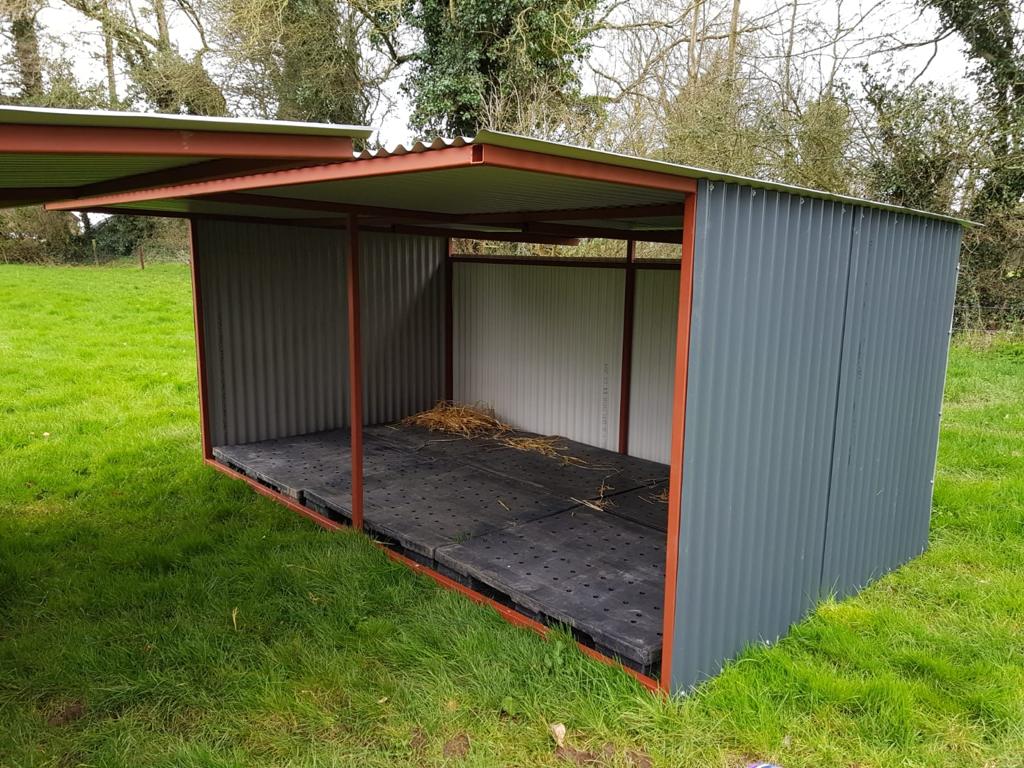Farmers rearing dairy-beef calves this spring are getting to a stage where calves, which were purchased in the early months of this year, are getting ready for weaning.
One such farmer who has been weaning his 72 bull calves, consisting of Friesian and Angus crosses, is JP Hammersley – a Teagasc Green Acres Calf to Beef Programme participant from Co. Tipperary.
Agriland caught up with JP this week, to get an insight into his weaning process which began back in early March. The calves on his farm were weaned and then subsequently turned out to grass.
This is following a successful monitoring period of the calves to ensure they were healthy and capable of surviving on concentrates and forage in their diet alone.
Process of rearing dairy-beef calves
The calves on JP’s farm are sourced off one dairy farm and arrived in batches of 12 at ages of three-weeks-old or stronger.
Speaking about his strategy of rearing JP stated:
“At the end of January the calves come onto the farm and are fed on a teat feeder and they are watched carefully when they are coming to feed.
“The feeder is set up so that all of the calves have to travel the length of the pen to come to drink at the feeder. This allows me to see more clearly any calves that are slow to get up or that look to be off-form.
“As the calves are in different batches, I have white boards set up in the sheds so that if I see a calf that is loose in their dung, scouring or slow to drink – I take a note of their tags and they are monitored closely then for the next few days.
“The calves were covered with a dose to prevent coccidiosis being an issue during rearing.”

Weaning and turn-out
Along with ensuring calves are adequately grown, JP places emphasis on the levels of concentrates they are consuming each day.
Once the calves reach a stage where they are eating 1-1.5kg of meal/day the levels of milk can be gradually reduced and then they are finally weaned – which is generally at seven-weeks-old.
“Once they hit their concentrate intake requirement, I will reduce the milk by offering half of the milk feeds twice a day and then moving to once-a-day feeds. Then the calves are finally weaned,” he said.
“Before I let them out to grass I keep them inside for a week just to monitor them closely to see that they are coping okay with the weaning process.
“Once weather conditions become suitable then, I let them out to grass and strip graze them in paddocks.
“I will normally offer them the distance between two fencing pole stakes of grass each day. This means that we are constantly giving them fresh grass each day – which is important.”
The target for these calves will be to hit a weight of 0.7-0.8/kg of daily live weight gains at grass.
To achieve this target and to further aid rumen development, calves are supplemented with concentrates at a rate of 1kg/day.
In June, the calves will be regrouped on the basis of their visual performance. Any young or underperforming calves will then be retained on meal feeding until an adequate level of performance is achieved, while their comrades will be on a grass-only diet.
In terms of shelter for the calves that have been turned out, they have access to a shed that they can return to on their own initiative, if weather conditions turn poor and protection is needed from wind or rain.
The addition of calf shelters last spring further eased this process, as young animals have a sheltered area to gather if weather conditions worsen. This infrastructure is particularly important for JP, who has off-farm work commitments.
JP noted however that once the last drop of rain has fallen, the calves are quick to return out to the paddocks to start grazing again.



